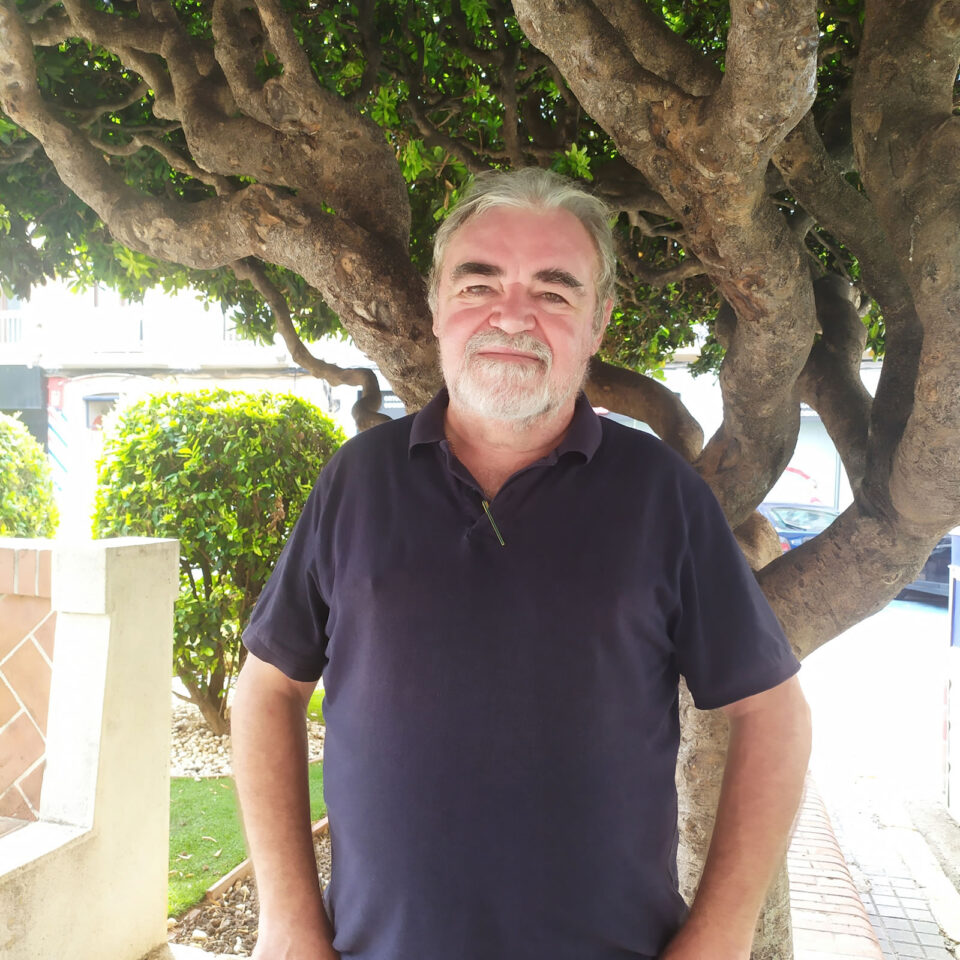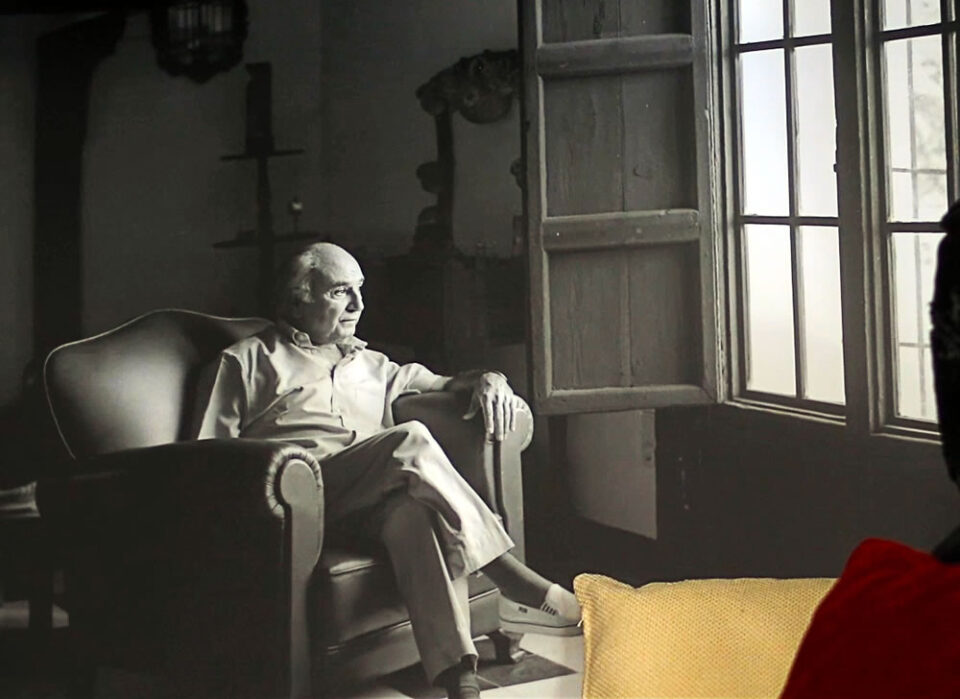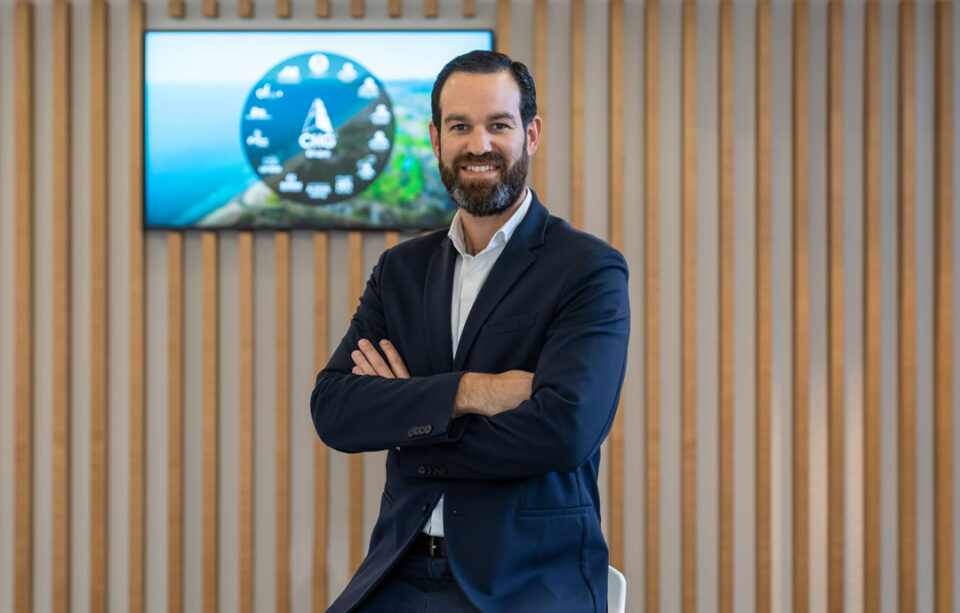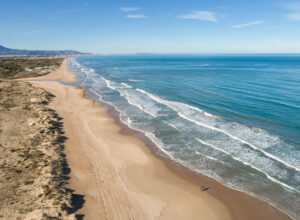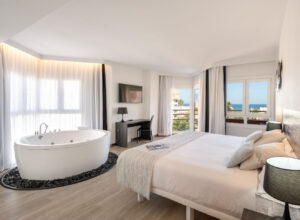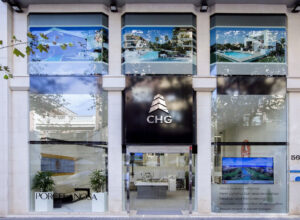Archaeologist and historian
“The revival of Dénia’s history and archaeology made Siegried Borho so riveted that he invited me up to four times to give lectures on these topics”.
Archaeologist, curator of several thematic exhibitions, director of the Archaeological Museum in Dénia between 1987 and 2022, and art lover.
Josep Antoni Gisbert Santonja (Oliva, 1959) is responsible for the fact that today the origins of the city, where the CHG Group was born, are well known, a territory that, in Dianium times, was rich in olive trees and vineyards by the sea, with an economy that revolved around the production and distribution of wine and oil, raw materials that even reached the Imperial Forum in Rome 2,000 years ago. The amphorae found bear witness to this.
“When you spend forty years doing research work, you realize that it has been worth the effort.
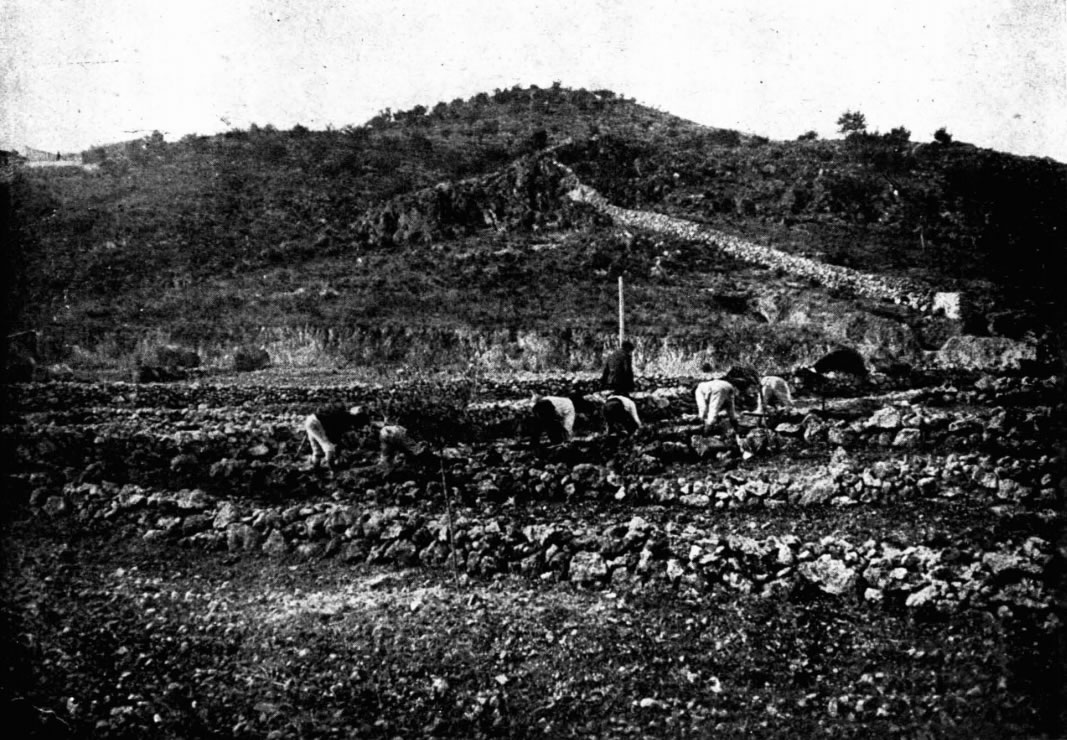
The archaeologist confessed that Archaeology has yielded a series of relevant historical facts, which had not been able to be discovered with documents or other type of resources”.
In fact, the work and professionalism of this expert caught the attention of Siegfried Borho, founder of the CHG business group, when Gisbert had just settled in Dénia in 1982 to lead the first archaeological research in the town.
“The revival of the history and archaeology of Dénia made Siegried Borho often interested and invited me up to four times to give lectures on these topics through the Rotary Club in the 80s.
Despite the fact that during these years, and in particular since 1987, a strict urban archaeology plan had been put into practice, which rejected any affection to the subsoil that did not previously pass through an archaeological intervention, we maintained good synergies with Siegfried Borho. Thanks to this praxis, today we have an in-depth knowledge of Roman and Andalusian Dénia”.
Josep Antoni Gisbert himself confesses that he was a bit like “the terror of the builders” because he completely stopped many works in order to obtain the magnificent records which not only made Dénia, up until now, like no other city in Al Andalus, but also provided the opportunity to exhibit a productive sequence of luxury and common pottery from the beginning of the 11th century and up to fifteen pottery centres spread throughout the regions of La Marina Alta and La Safor.
A walk through the past of Oliva led by the hand of Josep Antoni Gisbert
Oliva’s past is rich in archaeology and history, including some period of splendour.
It begins with the Neanderthals and ends with the genius of the poet Francisco Brines, who has passed on the beat of the olive and the orange in its last moments of agricultural wealth.
The archaeology of Oliva begins in 40000 b.C., in the Cova Foradà, a site located in the Racó de Gisbert, next to the marshland, which holds remains and materials from the first Neanderthals.
During these years, a series of recovery operations in the town of Oliva led to the discovery of a series of Roman amphorae that reveal, for the first time, a pottery centre from the Roman period, around the 1st century. This fact provides a broader view of the economy of the area and is supported with other pottery research of the region of La Marina Alta and La Safor, which reveal that wine and oil were the main resources of the city
Another referral in Oliva’s past was Gregorio Mayans y Siscar, one of the greatest representatives of the Spanish and European Enlightenment. During his active life, he was librarian to King Philip V and professor at the University of Valencia. In the last stage of his life, he retired to Oliva, his hometown, from where he sent hundreds of letters to enlightened people from all over Europe, reflecting on a wide range of subjects, as his collection of letters shows.
In the 20th century, the poet Francisco Brines stands out, renowned with distinctions such as the Premio Nacional de las Letras Españolas (1999), the Reina SofÌa de PoesÌa Iberoamericana (2010) or the Miguel de Cervantes (2020). His poetry is absolutely rooted in the landscape, in the olive tree and the orange, and convey the aroma, the smell and even the breath of citrus, so characteristic of the area.
In the 1920s, the Necropolis of Castellar was discovered, with a magnificent collection of Iberian artefacts. These are currently on display in the Archaeological Museum of Barcelona and in the Museum of the Franciscan Fathers in Ontinyent.
A decade later, thanks to the excavations carried out during the construction of the road from Oliva to Pego, the city of Oliva stood out thanks to its pottery, one of the most precious in the Iberian world. It was so important that it was featured on a vase of the warriors of Oliva on the cover of the Archaeological Museum of Barcelona Guide.
From the Middle Ages, we should highlight the economic growth of the County of Oliva and the rich monumental heritage which, unfortunately, was lost during the 20th century. Among others, the Palau de los Centelles, a global benchmark for its Renaissance art and decoration from the first decades of the 16th century, stands out. SerafÌ de Centelles, third Count of Oliva and a crucial gentleman in Valencian politics and in the nobility of the time of Charles V was also responsible for introducing that style from Italy..
Gabriel Ciscar y Ciscar is another of the most enlightened from a maritime and political perspective. He also stood out for being one of the chief magistrates in the drafting of the 1812 Constitution of Cádiz, and for writing a series of guidebooks that served for almost a century in the training of sailors.
